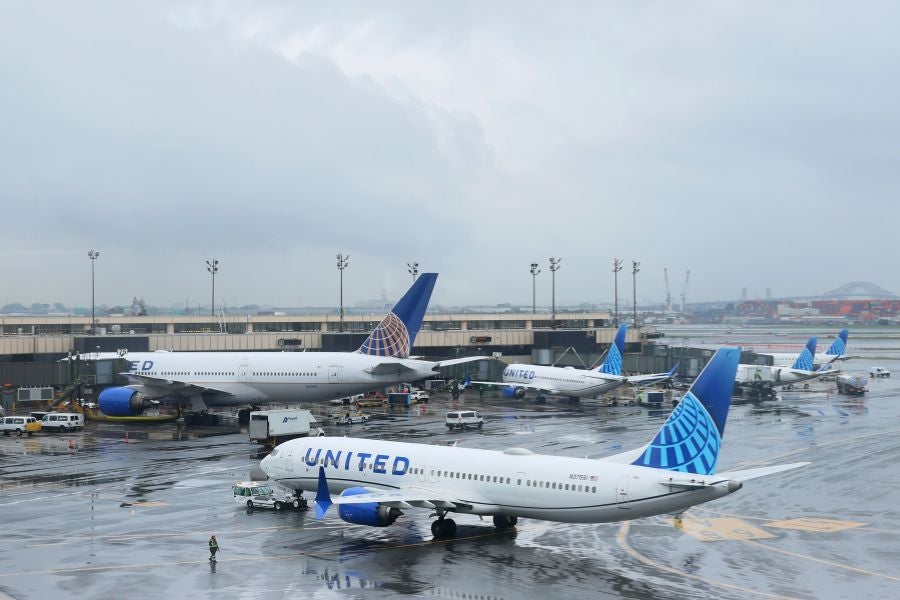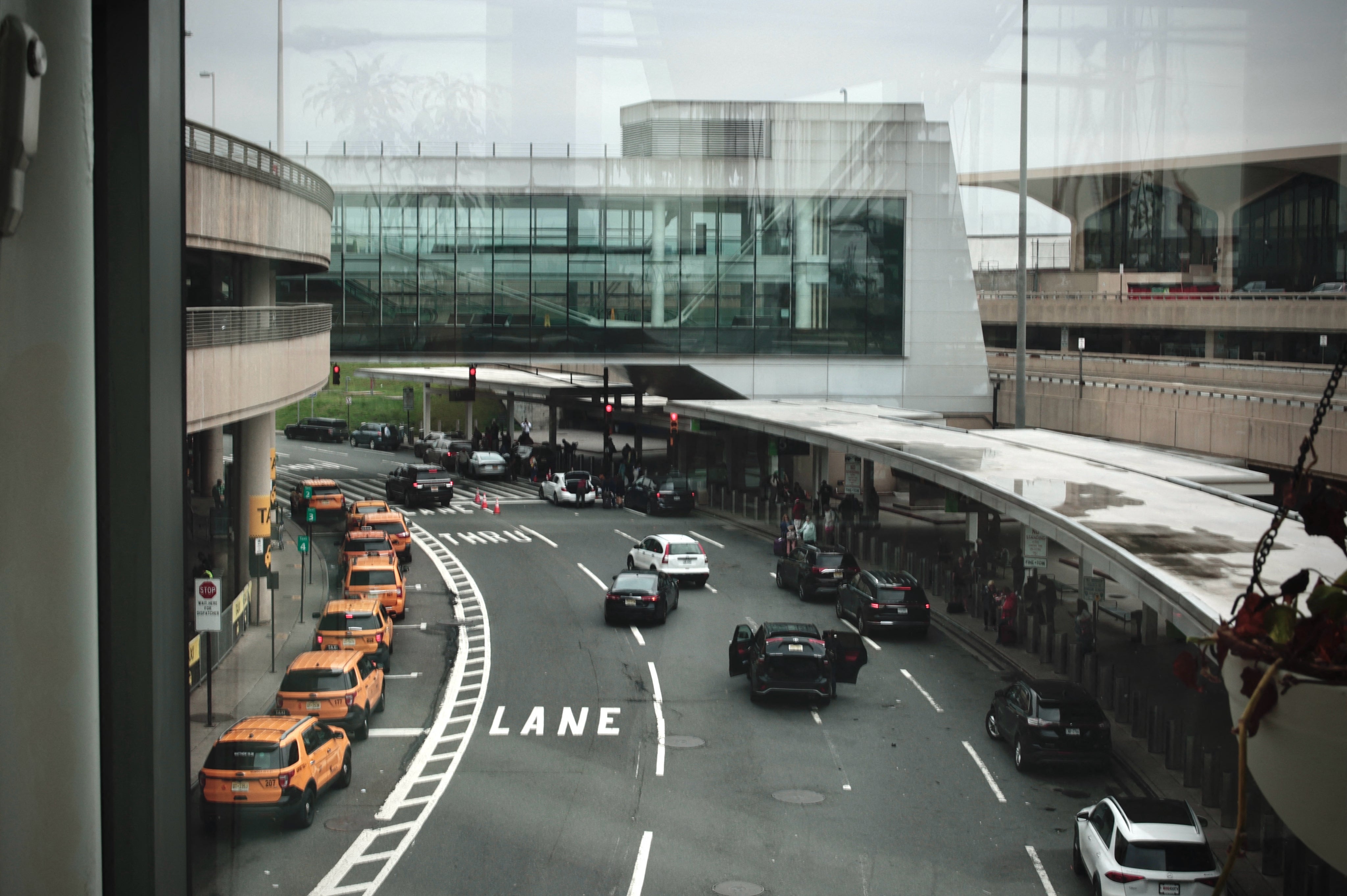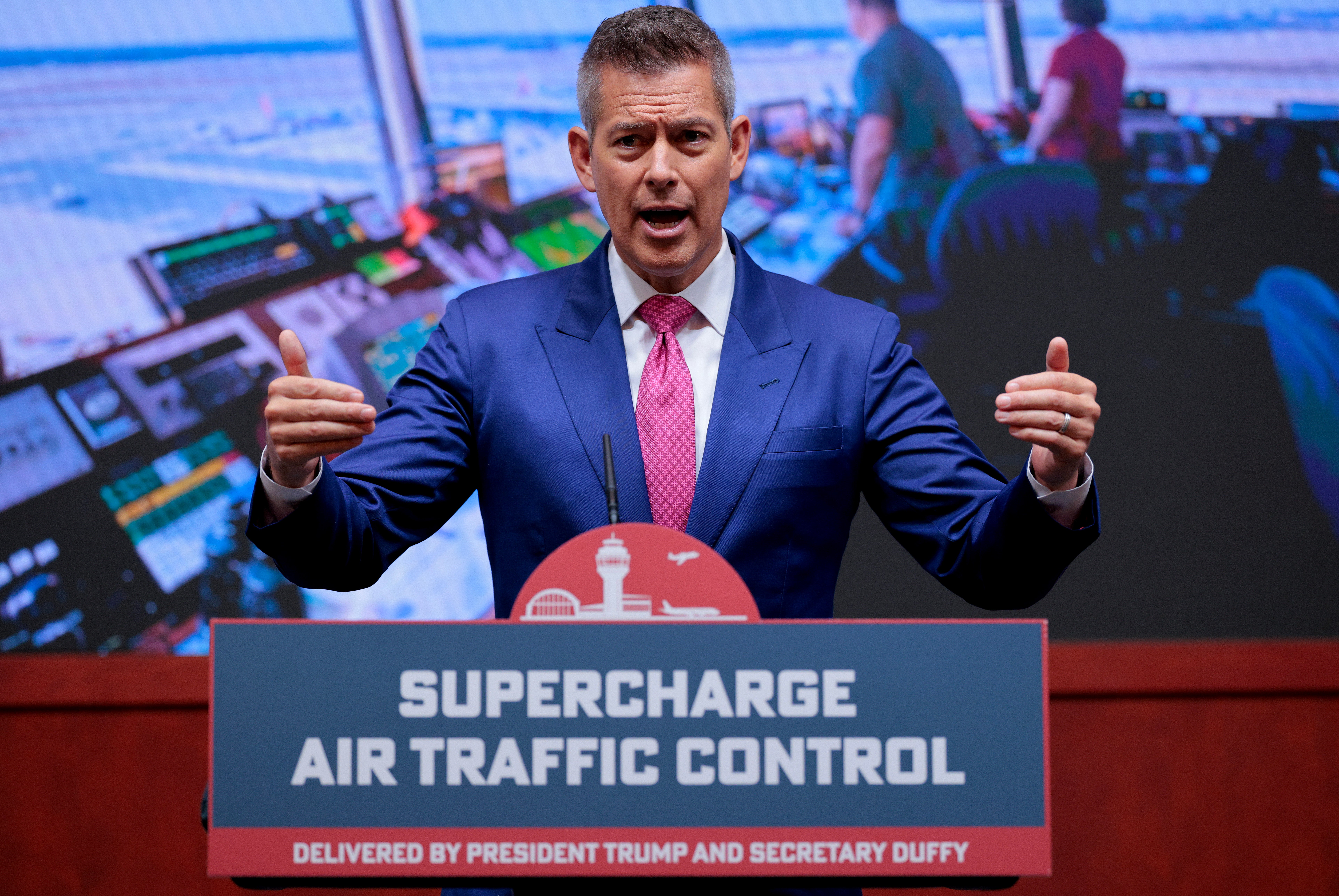Newark Liberty Airport, one of the country’s busiest airports, experienced its fourth air communication failure in three weeks on Tuesday, in the midst of aging systems and endowment shortages in continuous air controller.
The FAA said that a brief two-second radio-frequency breakdown was held on Tuesday at 11:35 a.m., affecting the installation of Philadelphia Tracon which manages the air traffic in Newark.
All aircraft has remained securely separated, the operations are normal and an investigation is underway, said the FAA.
But this is the latest experience inducing trauma for air traffic controllers from Newark airport in recent weeks due to problems with the signaling lines of a New York FAA installation, including obsolete technology, copper wires and more.

These failures left the air controllers in Philadelphia, not able to see or communicate with the planes around Newark for 90 seconds on April 28 and May 9. A third incident occurred on May 11, but backup systems operated at that time.
What’s going on?
Newark airport has experienced other breakdowns:
- April 28: A 90 -second radar and radio breakdown resulted in more than a thousand flight delays and cancellations on a national scale, with five controllers taking a trauma leave.
- May 9: another 90 -second breakdown disrupted communications and radar display.
- May 11: A 45 -minute equipment failure led to a ground stop at the airport
What really happens?
The country’s airline system uses a technology old decades, including obsolete copper wires, which can easily fail, especially when they are overwhelmed. This is the problem that Newark airport has been faced since the moving of its Long Island center in Philadelphia last year.
“We warned the FAA that the system would be exceeded if the infrastructure and the equipment were not widened, but they did not listen,” said an airport controller at Newark Unnamed in Newark Times.
Instead, managers used underground wiring to redirect the data from Long Island to Philadelphia, which crushes them.
The obsolete technological problems are so disastrous, those responsible have taken shocking measures to maintain it.
“We are trying to buy replacement parts on Ebay for this really old equipment,” said Secretary of Transport, Sean Duffy, to members of a Senate credit committee in May.

“Sometimes we can’t even buy it on eBay, so we try to use 3D printing to create replacement parts for the system we use,” he added.
However, endowment problems remain a major problem among the incidents.
Like most air towers across the country, Newark airport is in the short term.
Currently, only 22 fully certified controllers and five supervisors are assigned to the region, well below the FAA target of 38 certified controllers. 21 others are in training, with 10 partially certified.
This means that controllers must work more often or take quarter work at the last minute, while managing a massive influx of planes. The airport controller at Newark airport explained how stressful the environment is and when the breakdowns occur, it can be devastating.
“Being in charge without any of our signals is like trying to dodge mines without mine detector,” said airport airport controller Newark airport Time.
“During a 90 -second power failure, anything can happen. In the past, I have had planes to leave and then immediately transform the wrong path in airspace above Laguardia airport nearby. An aircraft can also go from 2,000 feet to 4,500 feet in this period, which is extremely risky in our congestioned airspace where small planes practiced rides, especially during the summer, “said the air traffic controller.

The April 28 breakdown was so stressful that five air traffic controllers had to take a trauma leave for 45 days, aggravating an existing endowment shortage.
The more often the panels occur, the more the controllers need free time of work stress, which means that fewer people will be available.
“Staff shortages will only get worse,” said the air traffic controller. “More than a dozen staff members have been informed that they could return to the main traffic control in Long Island next summer, while three should soon be retired.
How can FAA solve this problem?
Simply, the FAA will have to update the old technology and encourage new recruits of the air traffic controller to solve current problems and prevent future.
Duffy says that Newark air traffic control problems will probably last until the summer.
The FAA temporarily limited arrivals at Newark airport from 33 to 28 an hour due to equipment failures and the construction of the track. This ceiling will not last until June 15, after which it will go to 34 arrivals per hour until October 25, as part of a wider effort to reduce delays and cancellations.
The FAA also replaces obsolete copper wires with new optical fiber data lines between its philadelphia and New York installations to improve the reliability of the radar signal.
Duffy said the plan to modernize the traffic control system and equip controllers with up -to -date technology will cost “tens of billions of dollars”.
The air traffic controller at Newark airport said that the FAA wanted them to do in the meantime is “dangerous” and put the controllers “in a terrible position”.
“None of us wants to be responsible for the death of hundreds of people,” said the controller.
Ariana Baio contributed to this report


